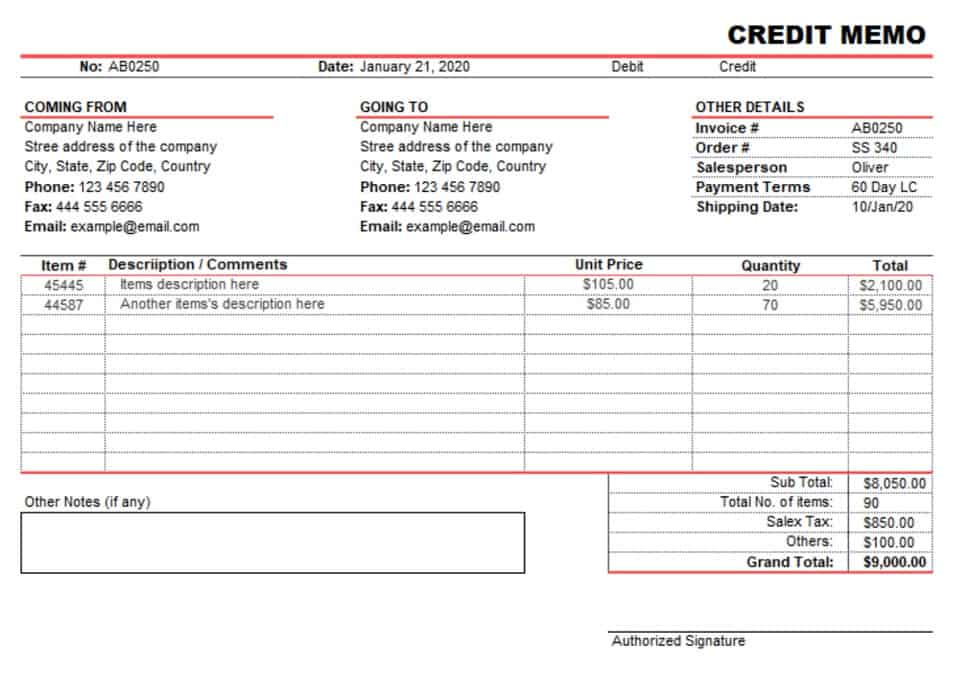Net Terms Guide: What Are Net 30 60 90 Terms?

In some cases, payment terms incentivize quicker payments by offering a discount. Even with an invoice management system, you can run head-first into cash crunch if you don’t send invoices. Make it a habit to create and send invoices as soon as work is done or products delivered. While you could use a manual system requiring a complex spreadsheet and creating individual invoices, there are easier, more efficient ways to keep your business finances organized.
Take a look at what other companies typically offer in your industry to determine whether you should offer net terms or not. However, keep in mind that while net terms may lead to long-term customer loyalty, if your competitors are also offering the same terms, you may need to provide an additional competitive edge. Consider other incentives, such as coupling net terms with an incentive for early payment. Something as simple as this could be the edge that you leverage to keep your customers loyal. Early payment plans are not only a great way to gain customer loyalty, this also provides an opportunity for you to receive full payment of your accounts receivables sooner. There are many reasons to offer net terms despite all the steps involved in the process.
What do net terms mean for your accounting?
Unfortunately for some businesses, customers have expectations for net terms which are largely driven by its industry. On an invoice, net 15 means that full payment is due 15 days after the invoice date, at the very latest. Its account structures are simple and transparent, and you won’t get socked with fees that erode the interest you can earn. With Capital One, you’ll also be able to take advantage of online and app-based tools that can help you budget, track your spending and work towards savings goals. Its iOS and Android apps score high marks with users, earning scores of 4.8 and 4.6 (out of 5), respectively, among users.

But for many businesses, the advantages outweigh the disadvantages, which is why net terms are such a standard business offering. By accepting delayed payments, you can attract customers who might not be able to afford an up-front purchase. Customers have time to sell their own goods before paying the bills. If you cater to small and medium-sized businesses with limited cash flow, offering credit terms makes your business more competitive. At the same time, longer payment terms show that you trust your customers, which can build loyalty and mutual appreciation.
Offer discounts (& potentially late fees)
Automated accounts receivables best practices can alleviate a company’s process pains and take the complexity out of providing net terms. Automation allows you and your team to focus on your core competencies, such as growing sales and building customer relationships. These terms mandate how long a customer has to make a payment upon receipt of an invoice.
- You must meet eligibility requirements and enroll in the program.
- Lastly, consider the risks of offering early payment discounts.
- The best invoice terms you may want to consider are the ones that get money in your pocket as soon as possible.
- Second, you may need to run a credit report on customers to make sure they’re creditworthy.
It is not intended to amount to advice on which you should rely. You must obtain professional or specialist advice before taking, or refraining from, any action on the basis of the content in this publication. The information in this publication does not constitute legal, tax or other professional advice from Wise Payments Limited or its affiliates.
Accept payments and pay bills
You’ll have to keep track of which accounts owe what, when payments are due, which clients take advantage of early payment discounts, and which don’t pay on time. Net terms provide a grace period from the invoice date for your customers to pay and although it has benefits, implementing terms will lead to a longer repayment cycle. Strategically preparing for this longer cash flow cycle will help maintain strong working capital and decrease DSO.
Software like QuickBooks enables customers to pay online anytime with pay-enabled smart invoices. With smart invoices, customers can pay using credit cards, debit cards, and automated clearing house (ACH) bank transfers. To maintain a healthy business, remember that your payment terms should match your business plans. Align your net payment terms based on your typical sales lifecycle. Discuss payment terms with your clients upfront and always include your payment terms on invoices. Knowing how to send an invoice correctly is crucial as a business owner, self-employed freelancer, or anyone that handles an operation’s finances.
Though, there are companies like TreviPay that help small businesses manage the trade credit process. Small business owners and contractors need money coming in so they can pay their suppliers, employees, and themselves. One way to help maintain steady cash flow is by offering net 30 terms. For many people new to running a business, this common invoicing practice is unfamiliar. Here’s what you need to know about net 30, how net terms can vary, and how you can use net 30 and similar terms to win business and keep cash flowing in. If you operate under tight profit margins or in an industry that requires swift payment, net terms won’t be right for you.
Service businesses tend to offer shorter terms or require a deposit, while retail suppliers and large equipment sellers may give their customers a longer time to pay. A line of credit allows customers to pay invoices in installments over a period of time. These payments may occur weekly, monthly, or quarterly throughout the payment period. By offering net terms you can recruit more customers than if you require immediate payment. Extending payment periods may spread your cash flow thin, but it can also boost revenues significantly. Once you’ve dialed in which customers take advantage of the net terms, but are reliable for repayment, do everything you can to foster the relationship.
